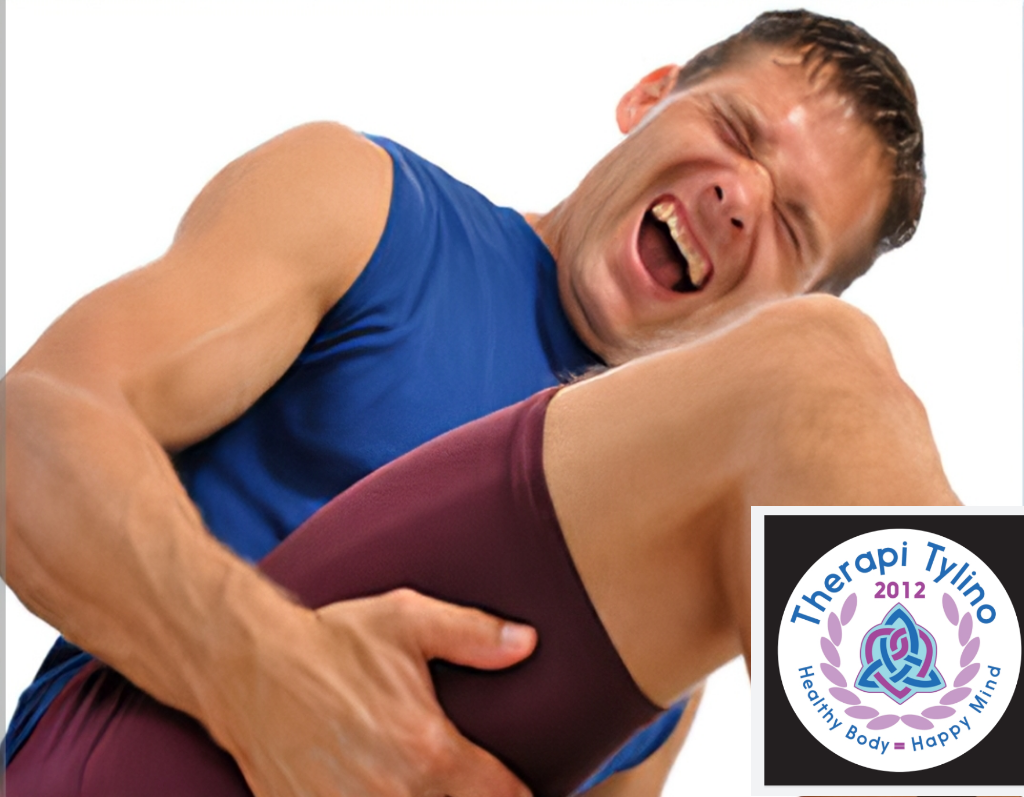Muscle Spasms
Definitions
Muscle spasm is an encompassing term referring to any involuntary muscle contraction. People may call a spasm a charley horse or a twitch. Leg cramps happen when the muscle in the leg shorten and causes a sharp pain, which goes away in a few seconds or minutes.
Who gets muscle spasms?
Muscle spasms can occur to anyone at any time. Whether you are sedentary or active, young or old, a muscle spasm may develop. It can happen while sitting, walking, being active or relaxing. Some individuals are prone to muscle spasms and can be affected regularly with any physical exertion.
What are Muscle spasms?
They are painful contractions and tightening of the muscles and are commonly involuntary and unpredicted. There are steps that can take to alleviate muscle spasm and treat them when they occur. Muscle relaxants, stretching and massage are most likely to help. Though these methods do not provide reliable results.
What causes muscle spasms?
It is believed that one or more of the following may be to blame in most cases:
Not enough stretching.
Muscle fatigue.
Dehydration.
Depletion of electrolytes (salts and minerals like potassium, magnesium and calcium in your body).
Involuntary nerve discharges.
Restriction in the blood supply.
Stress.
High-intensity exercise.
Possible causes for leg spasm includes:
Sitting for long periods of time.
Sitting improperly, poor posture.
Standing or working on concrete/steel floors.
Overuse of the muscles.
Muscle spasms can happen in any part of the body, they tend to affect the:
feet
hands
arms
thighs
abdomen
face
intercostal muscles, (which are between the ribs)
Causes of muscle spasms can include stress or anxiety, which can lead to muscle twitches in the face.
Trapped nerves in the spine can result in spasms in the arms and legs.
Certain health conditions, such as nerve disorders or thyroid-related problems, tend to experience a higher-than-average frequency of muscle spasms.
If a muscle spasm is part of a neurological health condition other symptoms may be experienced. These may include:
pain in the head, neck, arms, back or legs,
muscles weakness,
skin numbness,
a pins-and-needles sensation,
a tremor
paralysis,
poor coordination,
slow movements,
double vision,
sleep problems,
What are the symptoms of muscle spasms?
Muscle spasms can feel like a stitch in the side or can be agonizingly painful. The muscle which is in spasm may feel hard to the touch. The muscles which is spasm has contracted and may require time for them to relax or massage. They are very common, especially in older adults and athletes.
The spasms could be related to underlying factors.
Prevention of muscle spasm.
There is difficulty in preventing muscle spasms. There are some methods that can be helpful when it comes to preventing the muscle spasms:
Regularly exercise.
Work towards improving overall fitness.
Stretch the muscles that are most prone to muscle spasms.
Drink fluids frequently. Avoid alcohol and caffeine.
Avoid exercising in hot weather.
Wear appropriate and well-fitting footwear.
Perform mild exercise before bed to prevent nocturnal leg spasm.
Keep your weight at a healthy range.
Avoid non-prescribed medications that may cause muscle spasms as a side effect.
To prevent leg muscle spasms, elevate your feet to keep the toes pointed upwards when sleeping on your back.
When you sleep, keep the sheets and blankets loose around your legs.
Back spasms can be caused by too little water, potassium and/or calcium in your diet.
Reference
Why do muscle spasms happen? https://www.medicalnewstoday.com/articles/muscle-spasms
Causes, Pain Relief & Treatment for Muscle spasms https://my.clevelandclinic.org/health/diseases/15466-muscle-spasms
Leg cramps - NHS https://www.nhs.uk/conditions/leg-cramps/#overview



